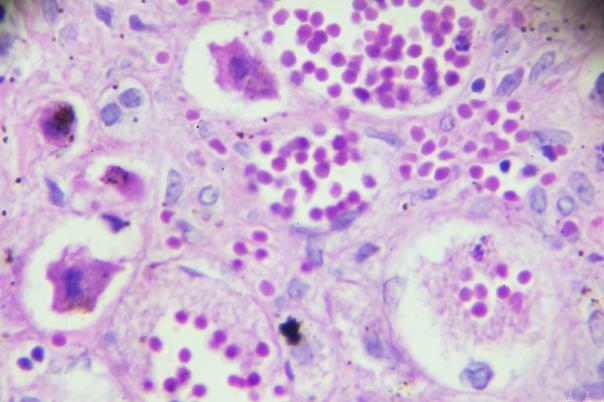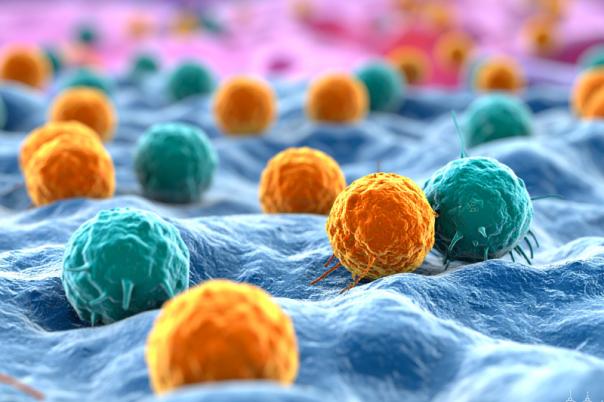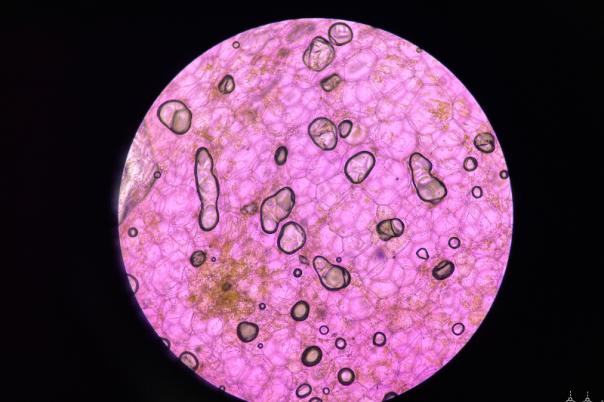This presentation, delivered by Yuying Xie on behalf of Jiliang Tang, focused on the application of deep learning in single-cell spatial analysis, covering various data models, platforms, and methodologies. The talk began with an introduction to the challenges associated with single-cell data, which is characterised by high dimensionality, noise, and nonlinear relationships. These complexities made deep learning particularly suitable for capturing the intricate details of single-cell data.
One of the key points discussed was cell segmentation, where Tang introduced a model using CycleGAN to generate pseudo membranes for cells. This approach aimed to improve segmentation accuracy by addressing issues related to staining and cell type differences. The presentation also highlighted the importance of deconvolution methods for Visium data, with Tang discussing models like DSTG and CARD. These methods were trained using real data from CosMx to enhance accuracy.
Tang then introduced the SpaFormer model, which leveraged transformer-based architecture to capture spatial and temporal relationships in single-cell data. This model improved tasks such as imputation and cell type annotation. Additionally, the CellPLM framework was discussed, which integrated data from various modalities, including single-cell RNA and spatial transcriptomics, using a mixture of Gaussian distributions for better representation.
The presentation also covered the DANCE platform, which addressed reproducibility issues and provided modular tools for building and benchmarking deep learning models in single-cell analysis. Tang emphasised the performance improvements achieved by rewriting models in Python and utilising GPU, making the DANCE platform more efficient. The talk concluded with a call to the community to use the DANCE platform and provide feedback for continuous improvement.
Overall, Tang's presentation provided a comprehensive overview of the advancements in deep learning applications for single-cell spatial analysis, highlighting innovative models and frameworks that addressed key challenges in the field.




